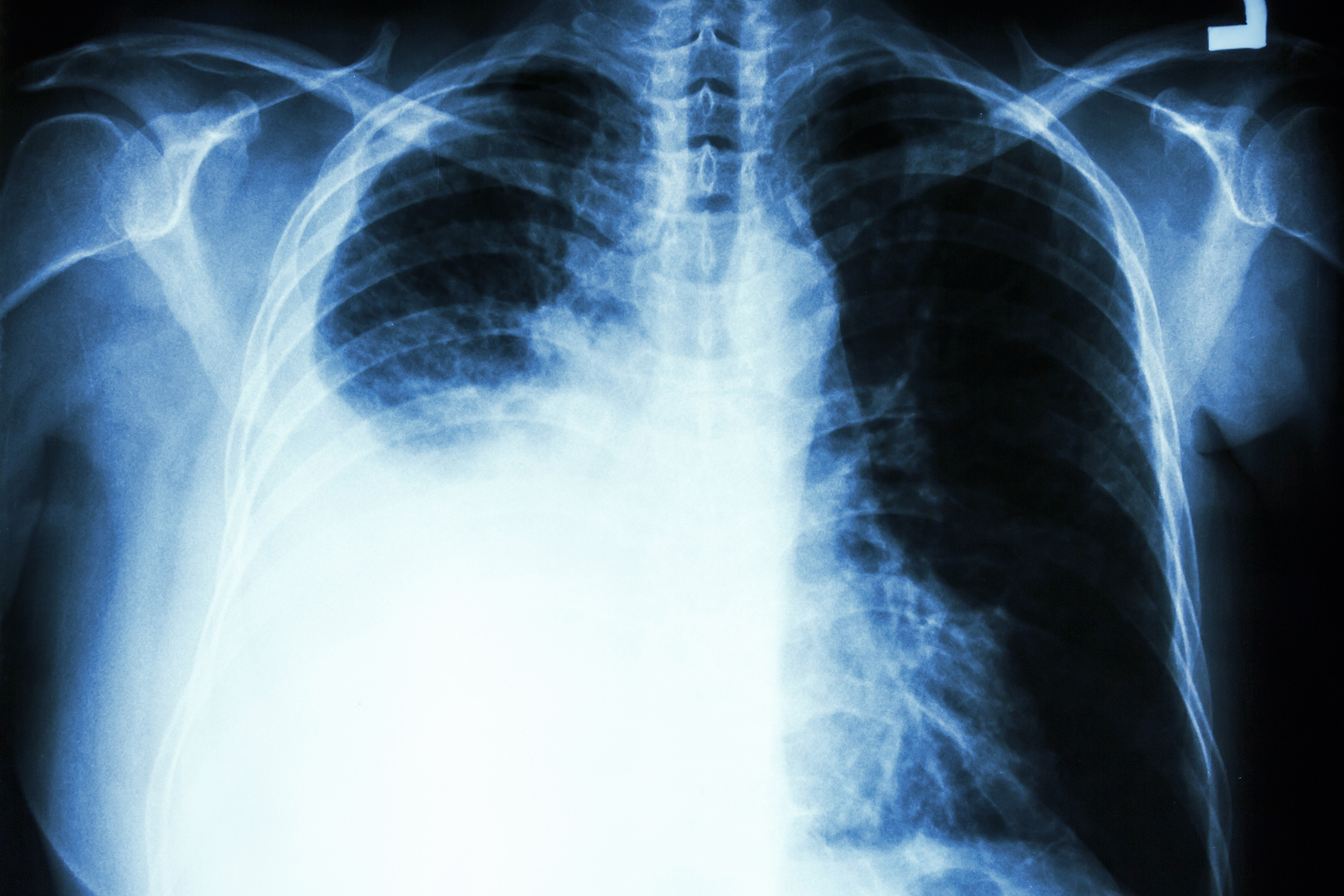In the United States, the estimated incidence of malignant pleural effusion (MPE) exceeds 175,000 annually.1 Cancers of the lung, breast, and ovaries comprise approximately 75% of MPE cases, in which dyspnea is the most common symptom.1 The median survival period in MPE is 3 to12 months, with the shortest period observed in patients with lung cancer.1
The recent open-label AMPLE-2 trial (Australasian Malignant Pleural Effusion-2; Australian New Zealand Clinical Trials Registry Identifier: ACTRN12615000963527) compared outcomes of daily (n=43) vs symptom-guided (n=44) drainage regimens after the indwelling pleural catheter insertion in patients with MLE at 11 international centers.2 The results demonstrated no differences between groups in the primary outcome of mean daily breathlessness score, as measured via 100-mm visual analogue scale (geometric means, 13.1 mm [95% CI, 9.8-17.4 mm] vs 17.3 mm [95% CI, 13.0-22.0 mm]; ratio of geometric means, 1.32 [95% CI, 0.88-1.97]; P =.18).
Significant differences were observed in the daily vs symptom-guided groups in the secondary outcomes of spontaneous pleurodesis at both 60 days (37.2% vs 11.4%; P =.0049) and 6 months (44.2% vs 15.9%; P =.004; hazard ratio [HR], 3.287 [95% CI, 1.396-7.740]; P =.0065), and patient-reported quality of life as assessed with the EuroQoL-5 Dimensios-5 Levels (estimated means, 0.713 [95% CI, 0.647-0.779] vs 0.601 [95% CI, 0.536-0.667]; estimated difference in means, 0.112 (95% CI, 0.0198-0.204; P =.0174).
There were no significant differences in mortality, pain scores, or days spent in hospital. The rate of serious adverse events, which often included pleural infection, was 25.6% in the daily group vs 27.3% in the symptom-guided group.
In a related commentary published in the same issue of Lancet Respiratory Medicine in which the AMPLE-2 results were reported, David E. Ost, MD, MPH, a professor in the department of pulmonary medicine at the University of Texas MD Anderson Cancer Center in Houston, stated that the AMPLE-2 findings “highlight principles relevant to the study of palliative interventions for malignant pleural effusion” in illustrating the risk for false inferences associated with using incidence proportions in such research.3
Because incidence proportions show outcomes at an arbitrary time point, this method can lead to different conclusions based on the chosen time point. At the 60-day point in the AMPLE-2 study, for example, the incidence proportion of pleurodesis in patients with nontrapped vs trapped lungs was 28.8% vs 14.3% compared with 30.5% vs 28.6% at the 6-month follow-up.3
This article originally appeared on Pulmonology Advisor
